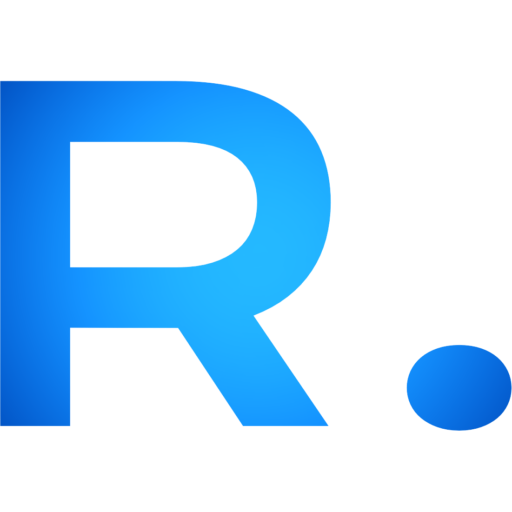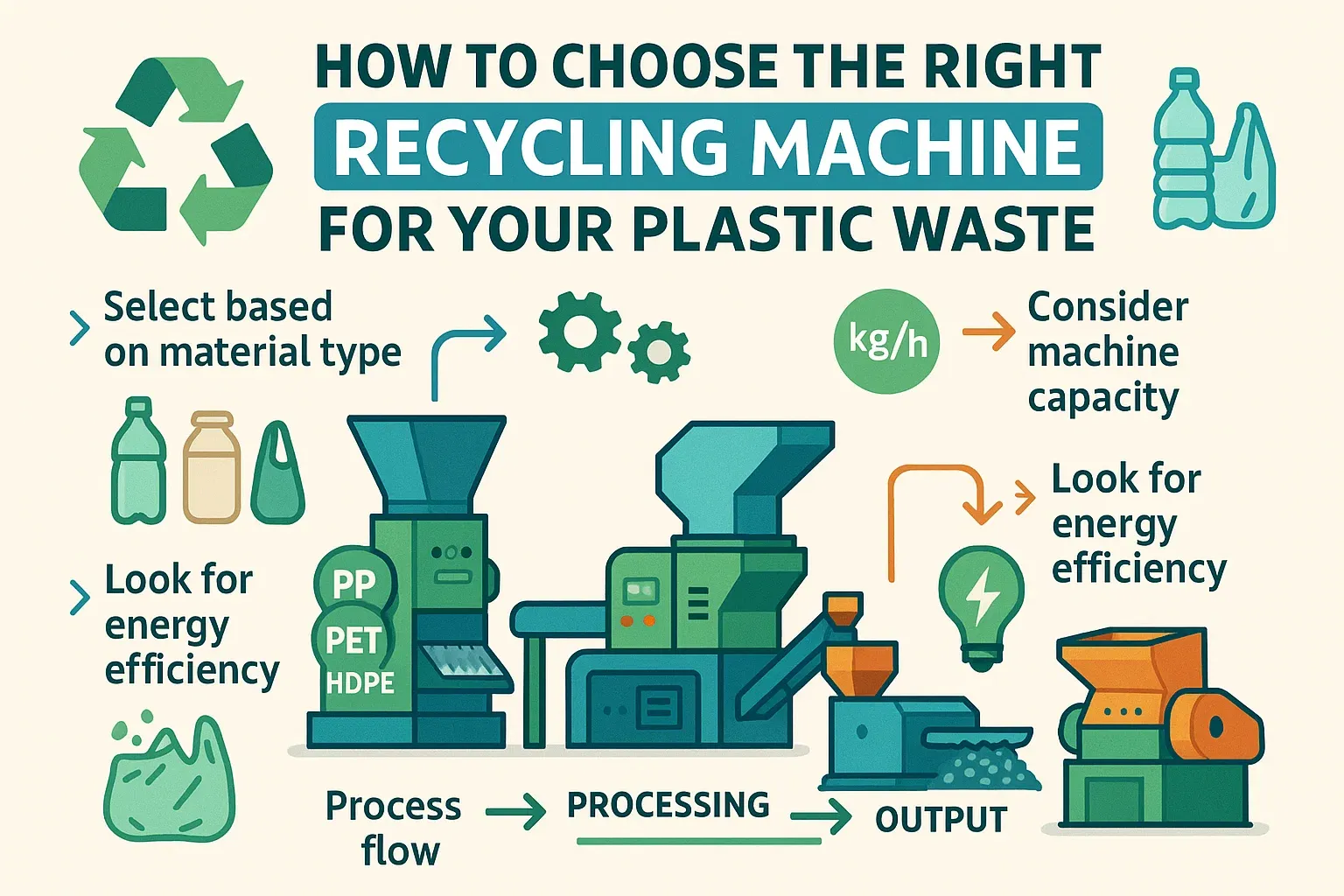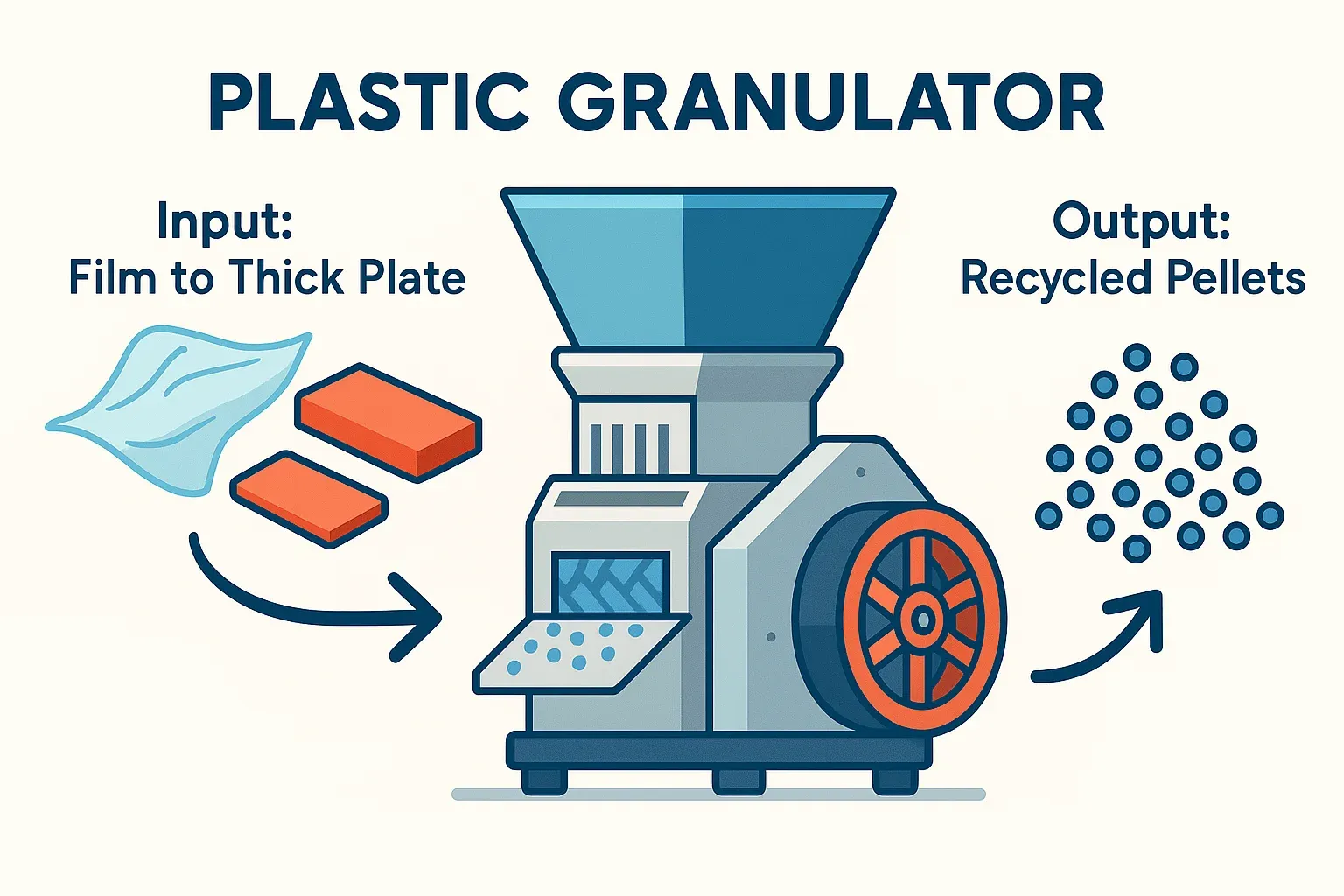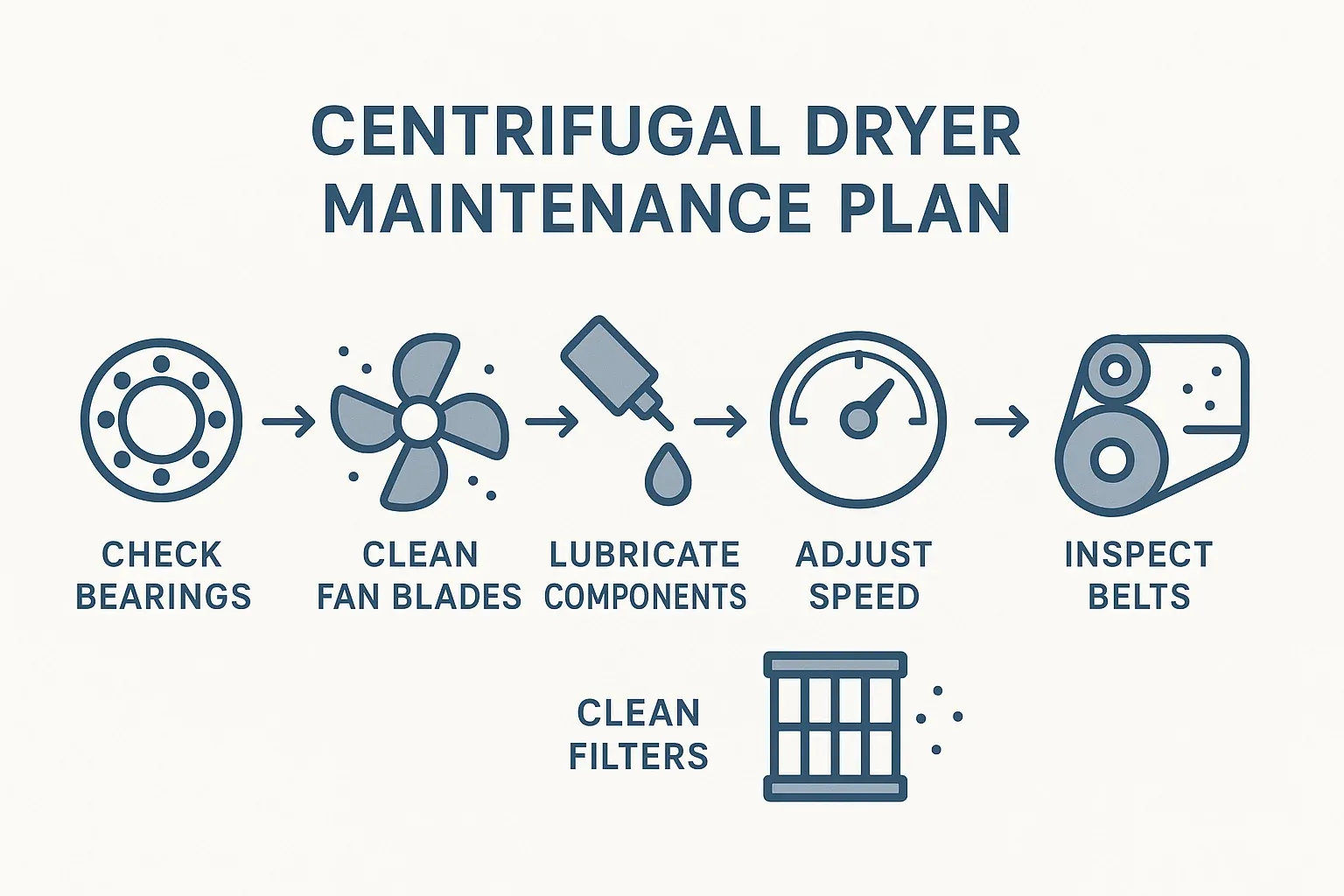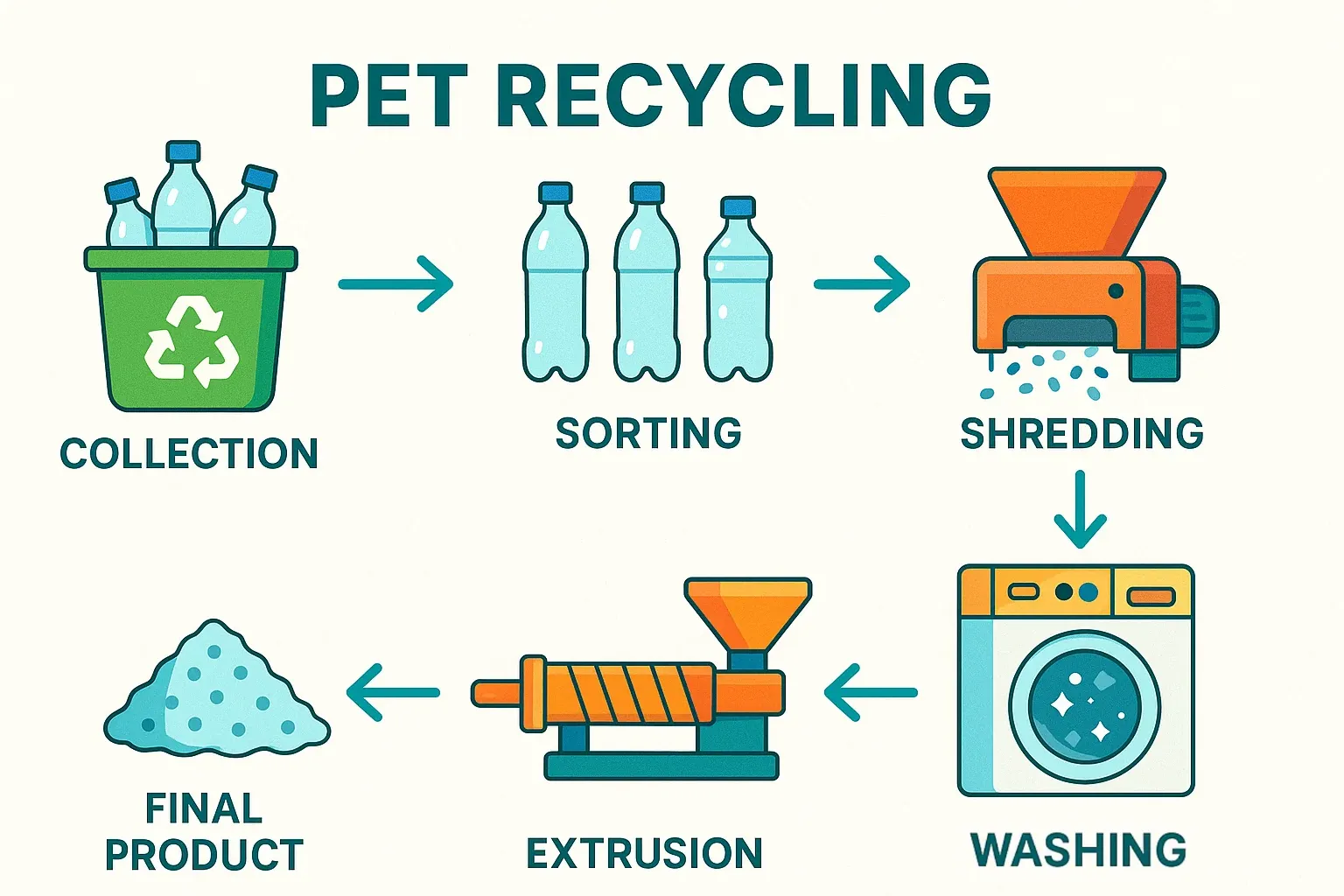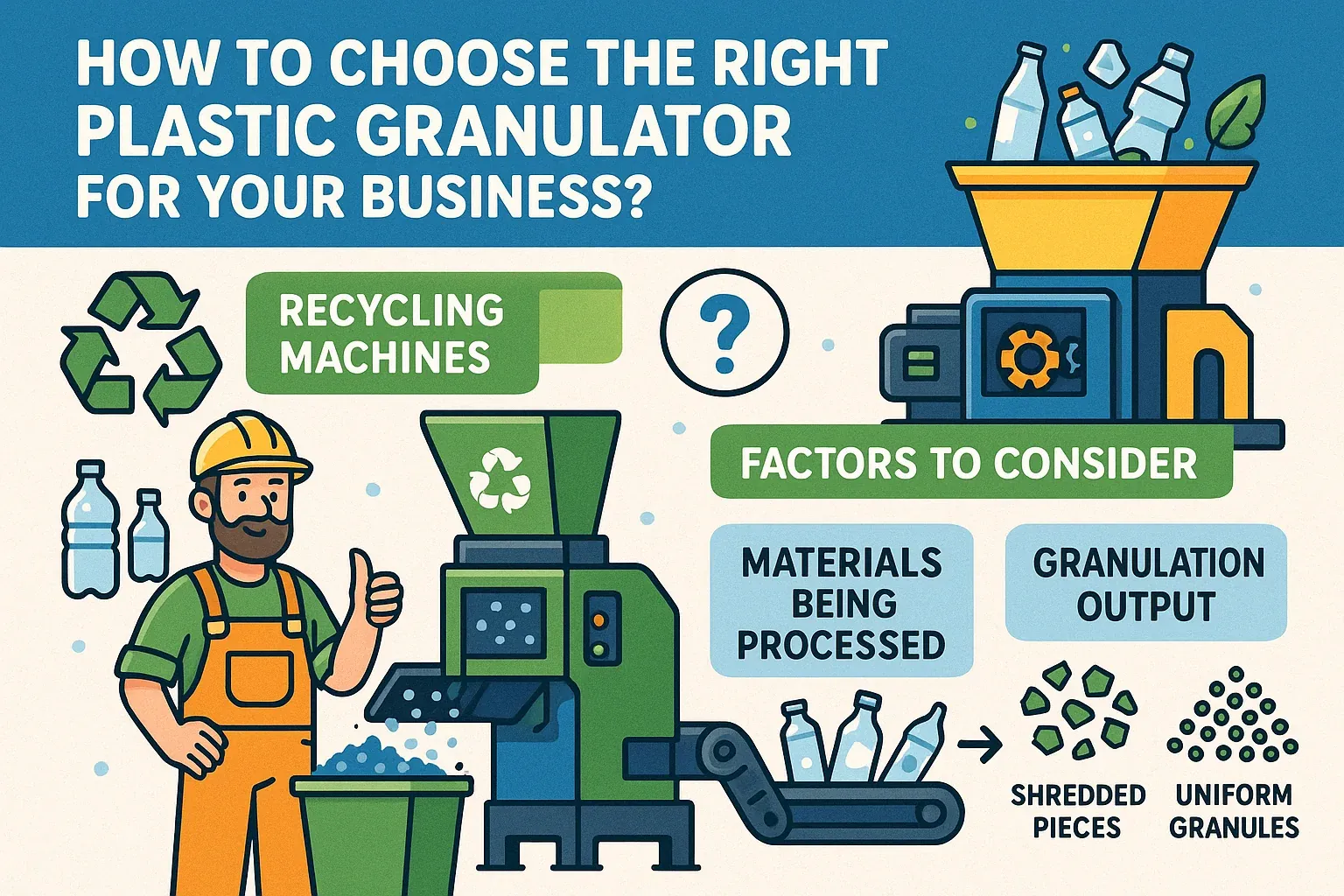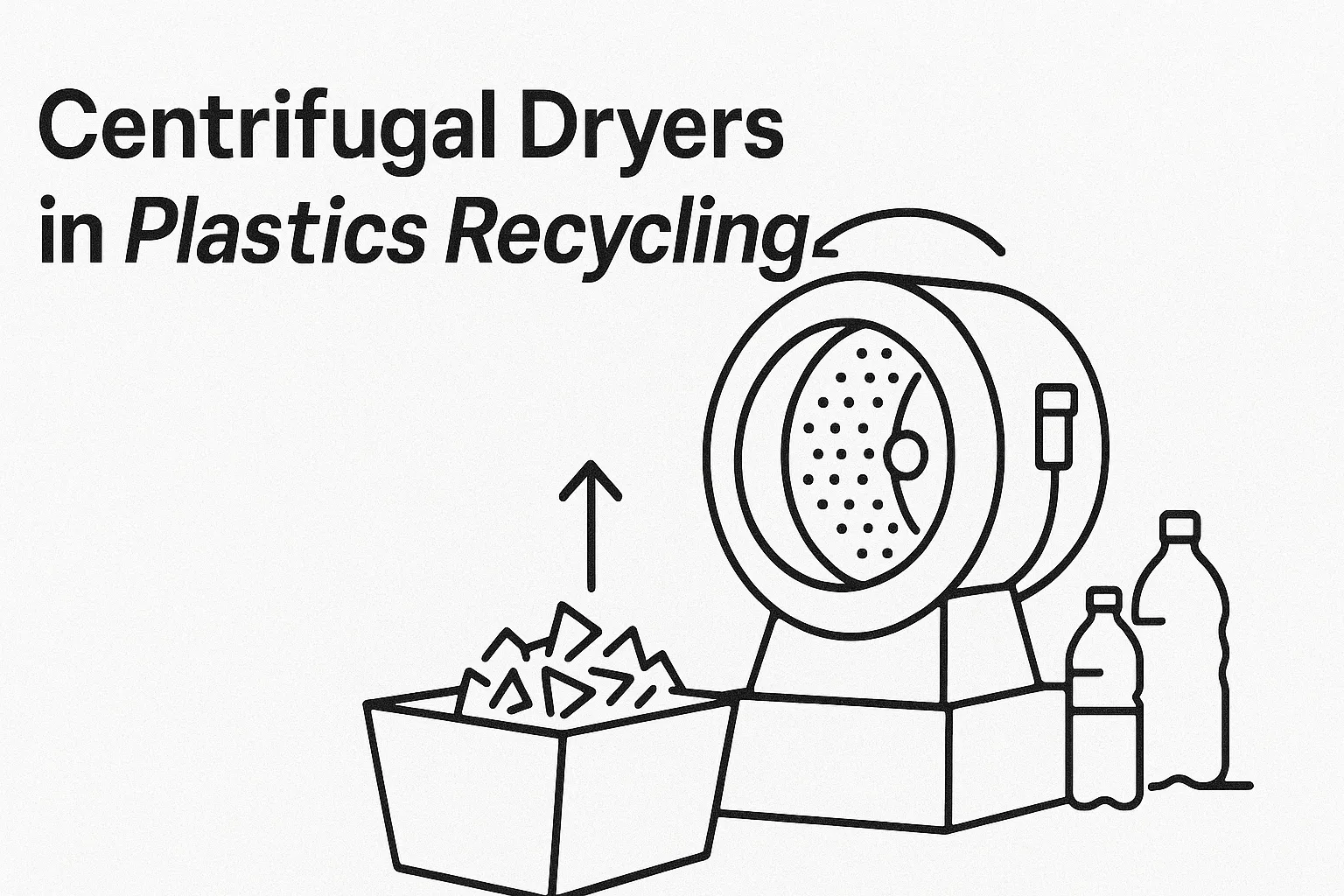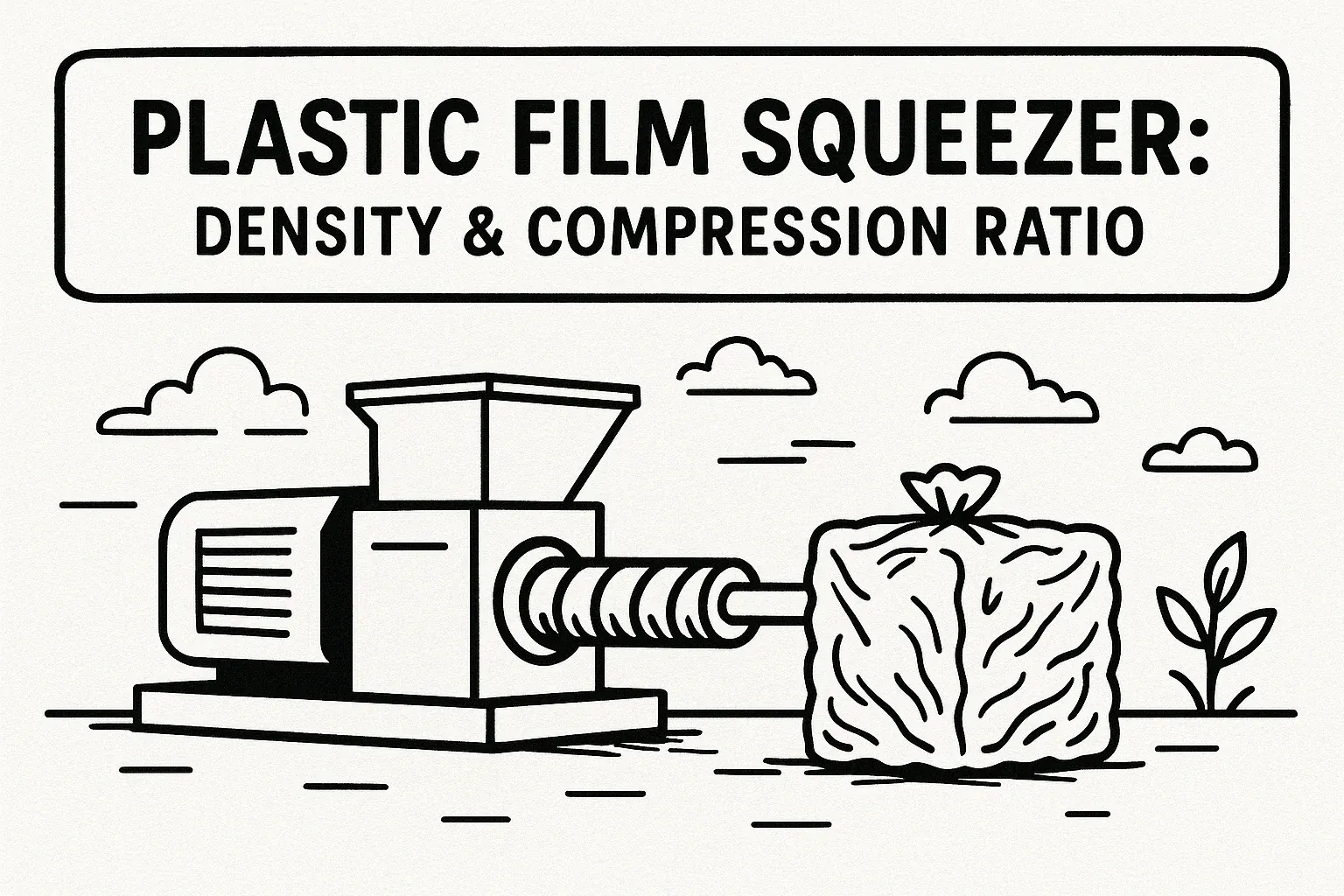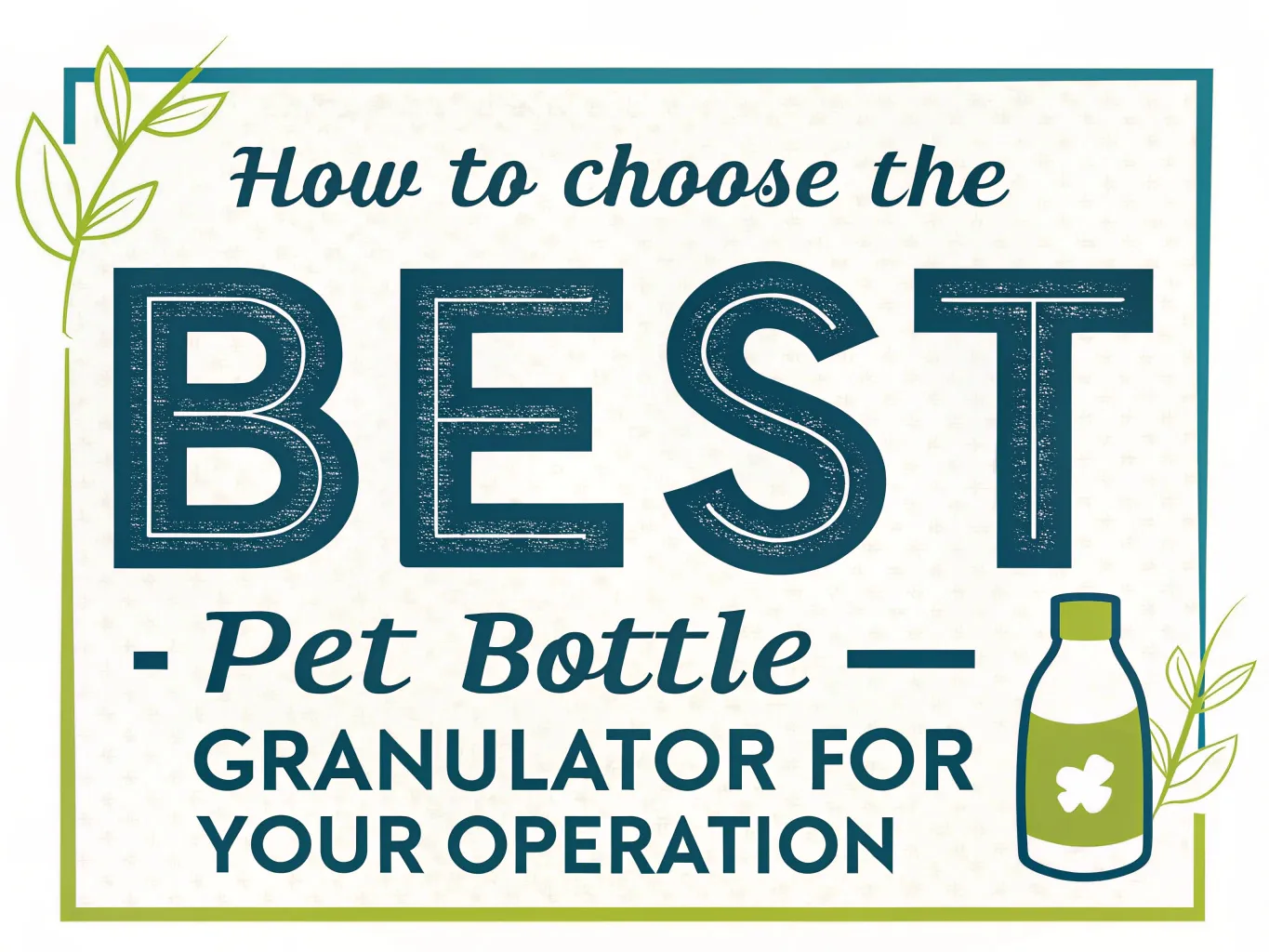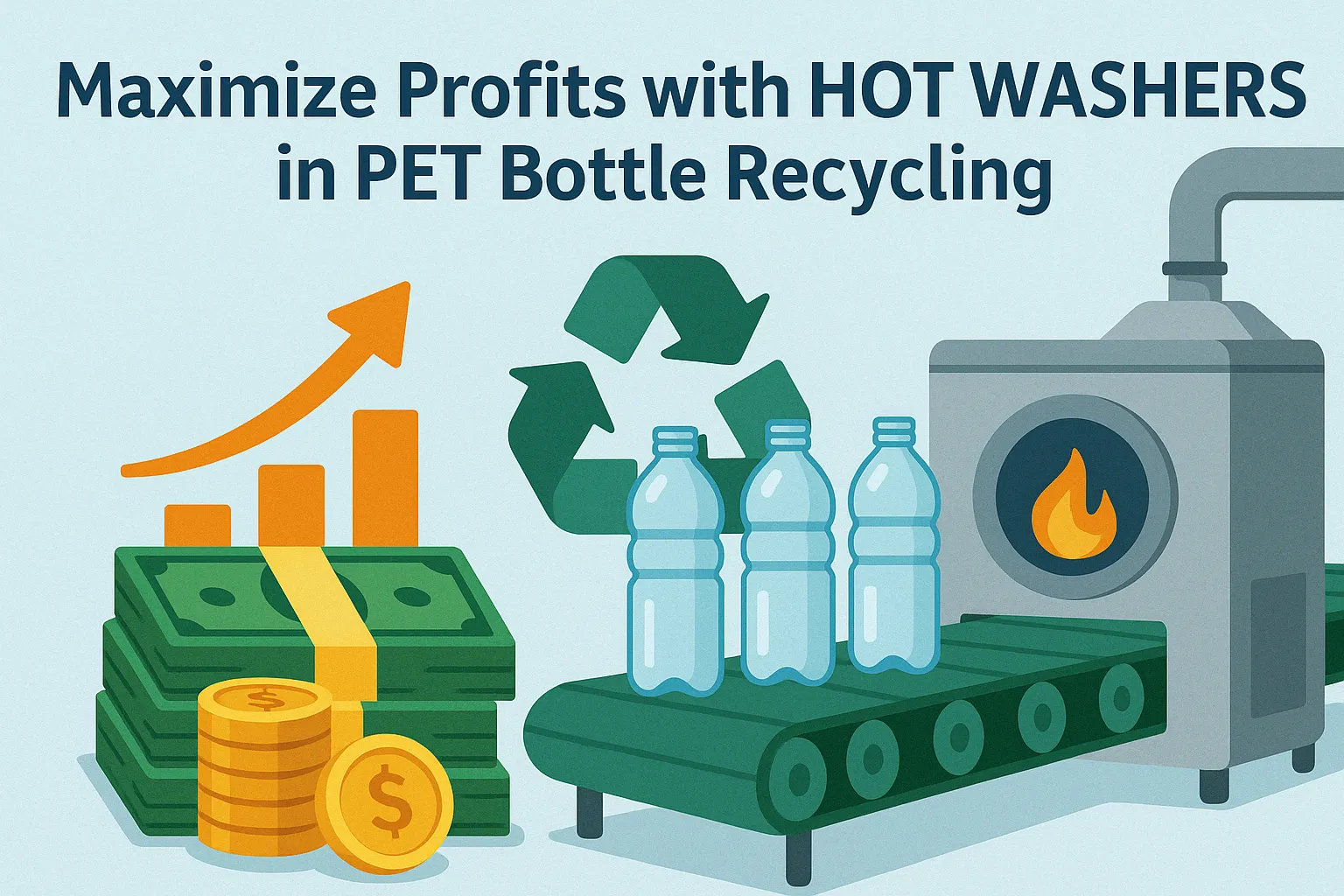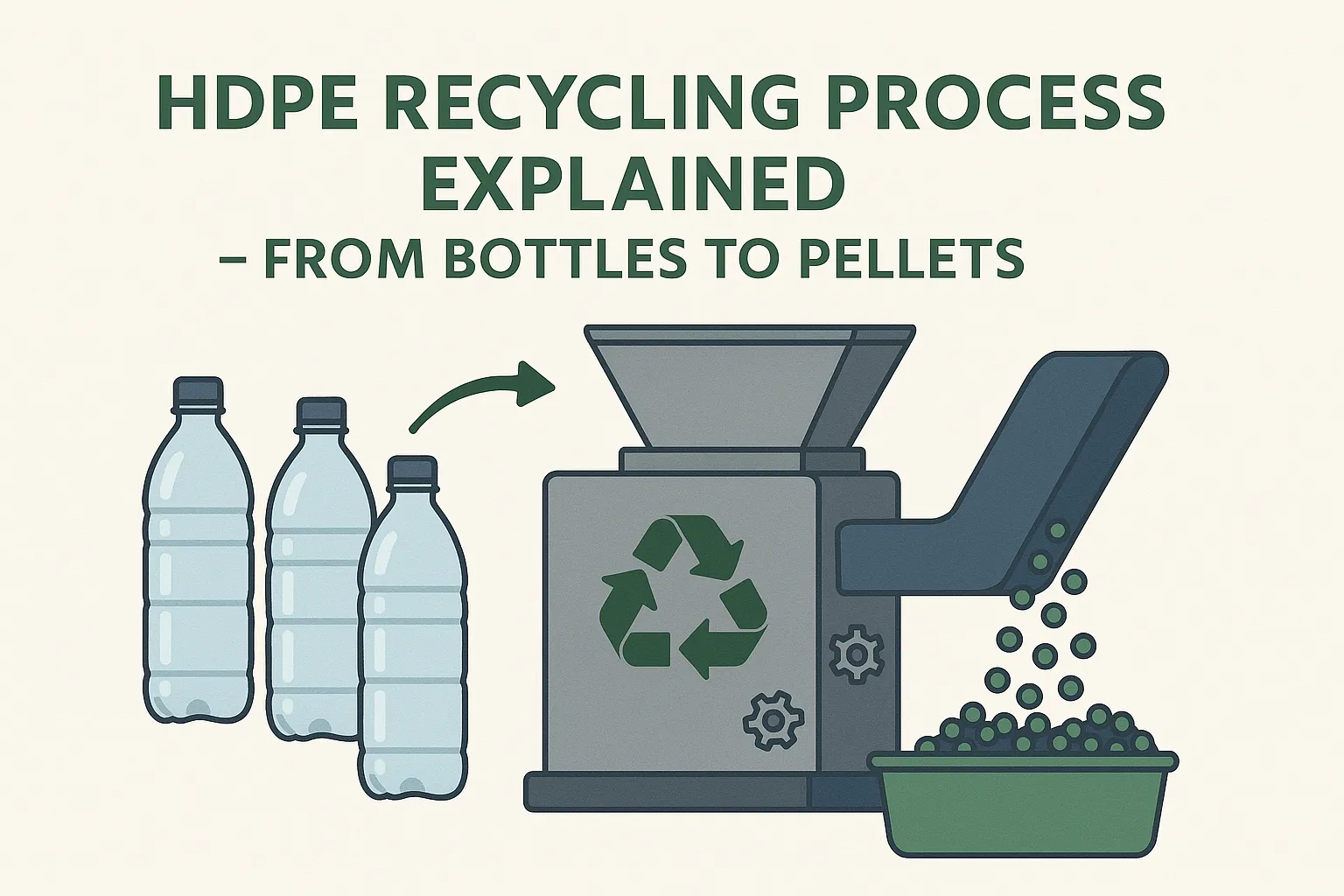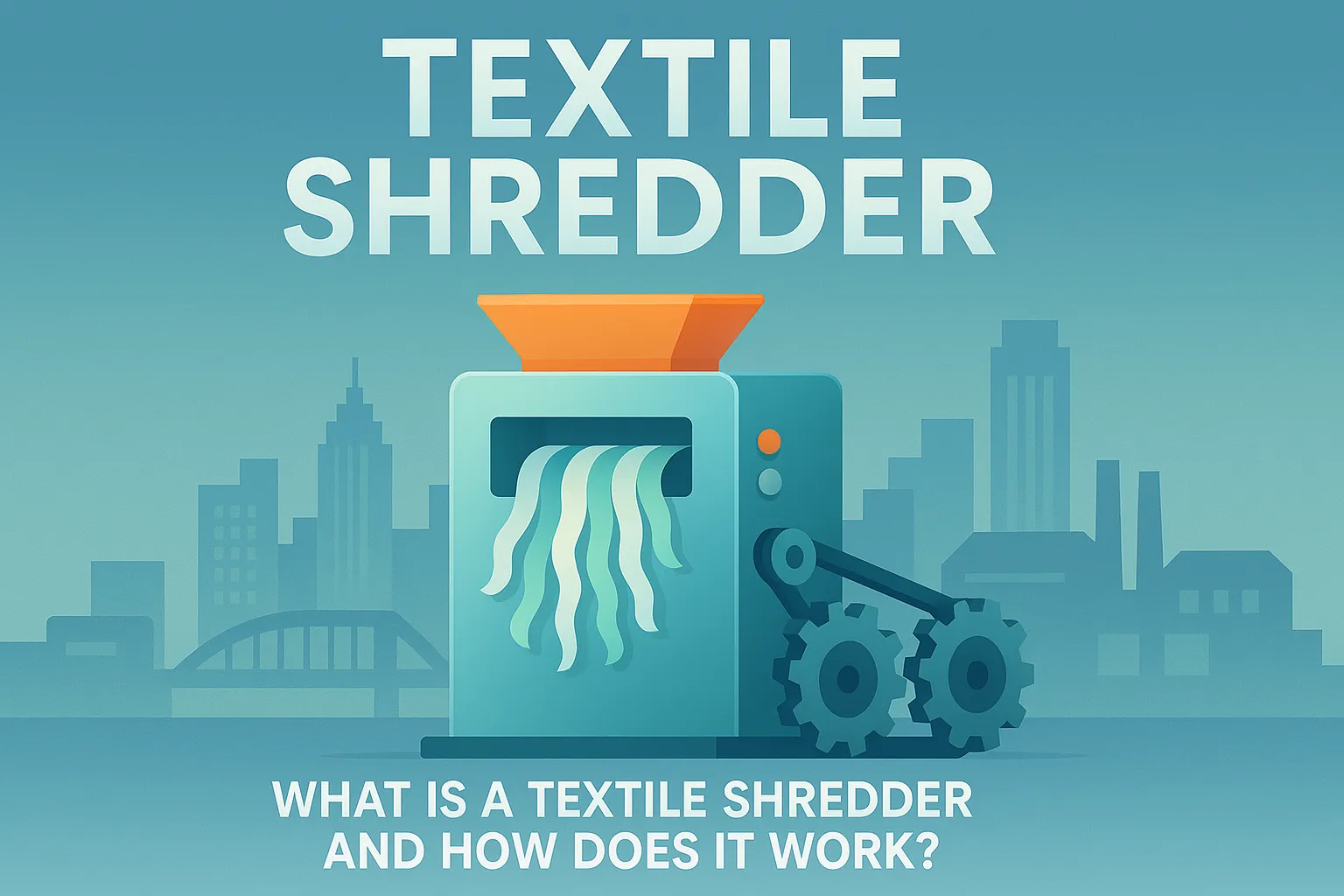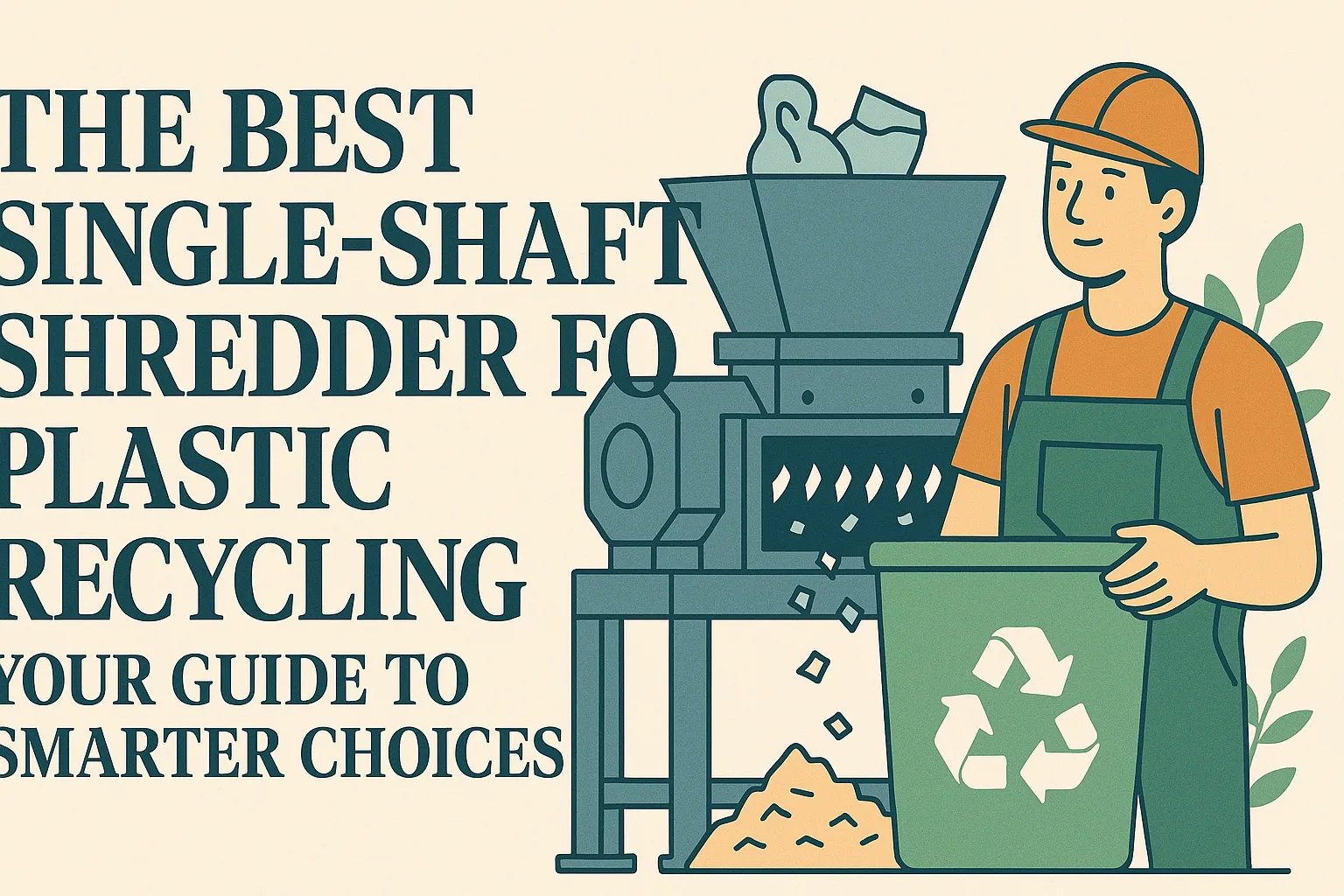Recycling News
Comprehensive Maintenance Plan: Industrial Centrifugal Dryer
1. Introduction
What is a Centrifugal Dryer?
An industrial centrifugal dryer (often called a centrifuge) is a machine used to separate liquids from solids through rapid rotation. Material is loaded into a rotating drum or basket, and the high centrifugal force pushes the liquid out through perforations or screens, leaving the drier solid material behind. They are common in industries like chemical processing, food production, pharmaceuticals, textiles, waste treatment, and mineral processing.
Importance of Regular Maintenance
Consistent and thorough maintenance is crucial for centrifugal dryers. Due to high rotational speeds and often abrasive or corrosive materials being processed, neglecting maintenance can lead to:
- Safety Hazards: Catastrophic failure due to imbalance or component wear can cause serious injury or damage.
- Reduced Efficiency: Clogged filters, worn seals, or improper balance decrease separation effectiveness and increase cycle times.
- Increased Downtime: Unexpected breakdowns halt production, leading to significant financial losses.
- Poor Product Quality: Inconsistent drying or contamination can result from poorly maintained equipment.
- Shortened Equipment Lifespan: Wear and tear accelerate without proper care, leading to premature replacement.
- Higher Operating Costs: Inefficient operation consumes more energy, and reactive repairs are typically more expensive than preventive measures.
This plan outlines routine inspection, lubrication, and preventive maintenance tasks to ensure safe, reliable, and efficient operation. Always consult the specific manufacturer's manual for your dryer model, as requirements may vary.
2. Scope
This plan covers routine operational checks and scheduled preventive maintenance tasks for a typical industrial centrifugal dryer. It includes daily, weekly, and monthly schedules, focusing on key components. Major overhauls or non-routine repairs should be performed by qualified technicians following manufacturer guidelines.
3. Responsibilities
- Operators: Perform daily checks, report abnormalities immediately, maintain basic cleanliness.
- Maintenance Technicians: Perform weekly, monthly, and scheduled PM tasks, lubrication, troubleshooting, minor repairs, and maintain detailed records.
- Maintenance Supervisor: Schedule maintenance, review logs, ensure compliance, arrange for major repairs or specialized services.
4. Scheduled Maintenance Tasks
4.1 Daily Inspections (Performed by Operator at start-up and during operation)
4.2 Weekly Inspections (Performed by Maintenance Technician)
4.3 Monthly Inspections (Performed by Maintenance Technician)
- Cleanliness: Build-up of residual material.
- Wear: Erosion or abrasion on surfaces.
- Damage: Cracks, dents, or distortion.
- Screens/Perforations: Clogging, damage, or wear.
- Balancing Weights: Ensure they are secure (if visible/accessible).
4.4 Annual / Bi-Annual / As Per Manufacturer Recommendation (Performed by Qualified Technician or Specialist)
5. Lubrication Recommendations
Proper lubrication is vital for preventing premature failure of bearings and drive components. Always refer to the manufacturer's manual for specific lubricant types (grease NLGI grade, base oil viscosity, additives; oil ISO VG grade, type - mineral/synthetic) and frequencies.
Frequency:
- Grease Points (Bearings, etc.): Typically monthly or quarterly, depending on operating hours, speed, temperature, and environment. Some bearings may be "sealed for life" – verify this.
- Gearbox Oil: Check level weekly/monthly. Change typically annually or bi-annually, or based on oil analysis results.
- Couplings: Some require periodic greasing; others are maintenance-free. Check type.
Types of Lubricants:
- Use only the manufacturer-recommended type and grade. Mixing lubricants can be detrimental.
- Consider operating conditions (temperature, load, moisture) when selecting/confirming lubricants. Food-grade lubricants are required for food/pharma applications.
Procedures:
- Clean grease fittings (zerks) before applying grease gun.
- Apply the correct amount of grease. Over-greasing can be as harmful as under-greasing (can cause overheating, damage seals). Follow manufacturer guidelines (e.g., number of pumps, volume, or until slight purge is seen from relief port).
- When changing oil, drain the old oil completely while warm, flush if necessary/recommended, and refill to the correct level with new, clean oil.
- Dispose of used lubricants responsibly according to environmental regulations.
- Record lubrication details (date, type, amount, technician) in the maintenance log.
6. Troubleshooting Common Issues
| Symptom | Possible Cause(s) | Corrective Action(s) |
|---|---|---|
| Excessive Vibration |
|
|
| Overheating (Motor) |
|
|
| Unusual Noise (Grinding, Rattling, Knocking) |
|
|
| Leaks (Product) |
|
|
| Leaks (Lubricant) |
|
|
| Reduced Efficiency (Wet Product) |
|
|
7. Safety Precautions During Maintenance
Safety is paramount when working on centrifugal dryers.
- LOCKOUT/TAGOUT (LOTO): ALWAYS de-energize and lock out the main electrical disconnect before performing any maintenance. Follow established site LOTO procedures.
- Personal Protective Equipment (PPE): Use appropriate PPE, including safety glasses, sturdy gloves, hearing protection (if noise levels are high), steel-toed boots, and possibly respirators depending on the materials processed.
- Cool Down: Allow hot components (motor, bearings, gearbox) to cool before touching them.
- Machine Stability: Ensure the machine is stable and cannot move or tip.
- Confined Space: If entering the drum/basket is required, follow all site-specific confined space entry procedures (permits, atmospheric monitoring, attendant).
- Rotating Parts: Be aware that even after power is off, some parts might coast. Ensure all rotation has completely stopped before accessing moving parts. Never reach into moving machinery.
- Electrical Hazards: Only qualified electricians should work on electrical components or within control panels.
- Manual Handling: Use proper lifting techniques or mechanical aids when handling heavy components (motors, drum parts).
- Manufacturer Warnings: Heed all safety warnings and instructions provided in the manufacturer's manual.
- No Bypassing Safeties: Never disable or bypass safety interlocks or guards.
8. Record Keeping and Maintenance Log
Maintaining accurate records is essential for an effective maintenance program.
Importance:
- Tracks maintenance history and component life.
- Helps identify recurring problems and trends.
- Provides data for scheduling future PM tasks effectively.
- Supports troubleshooting efforts.
- Ensures compliance with safety and operational regulations.
- Can be vital for warranty claims.
What to Record:
- Date of service
- Machine identification (ID number, location)
- Type of maintenance (daily check, weekly PM, monthly PM, repair, lubrication)
- Description of tasks performed
- Any measurements taken (vibration levels, temperatures)
- Parts replaced (part number, quantity)
- Lubricant used (type, quantity)
- Condition found (e.g., "Belt worn," "Bearing noisy," "Filter clogged")
- Corrective actions taken
- Technician's name or initials
- Downtime duration (if applicable)
Method:
Use a dedicated logbook kept near the machine, a centralized maintenance database, or a Computerized Maintenance Management System (CMMS).
9. Benefits of Preventive Maintenance (PM)
Increased Safety: Reduces the risk of catastrophic failures and related injuries.
Extended Equipment Life: Proper care minimizes wear and tear, delaying the need for costly replacement.
Reduced Unplanned Downtime: Proactive checks and component replacement prevent most unexpected breakdowns.
Consistent Performance: Ensures the dryer operates efficiently, maintaining product quality and throughput.
Lower Overall Costs: Prevents expensive emergency repairs and reduces energy consumption through efficient operation.
Improved Reliability: Creates a more predictable and dependable production process.
Better Resource Planning: Allows for scheduled downtime and ordering of parts in advance.
Disclaimer: This plan provides general guidelines. Always prioritize safety and consult the specific operational and maintenance manual provided by the manufacturer of your centrifugal dryer. Adapt this plan based on your specific equipment, operating conditions, processed materials, and regulatory requirements. Work should only be performed by trained and qualified personnel.
In today's rapidly evolving recycling landscape, professionals and investors alike are continuously exploring technologies that enhance sustainability and efficiency. Among these innovations, centrifugal dryers have emerged as indispensable tools, significantly boosting the quality and productivity of plastics recycling. This comprehensive guide will explore the practical benefits, operational mechanics, and investment advantages of centrifugal dryers.
Understanding Centrifugal Dryers: How They Work
Centrifugal dryers, commonly known as spin dryers or dewatering machines, utilize high-speed centrifugal force to efficiently remove water from plastic materials such as flakes, granules, and films. Inside the dryer, plastic materials are spun rapidly, forcing water outward through a perforated screen, while retaining the plastics due to their higher mass.
This mechanical dewatering process plays a crucial role in preparing plastics for subsequent recycling steps, including extrusion, molding, and pelletizing, ultimately ensuring higher-quality end products.
Why Drying Matters: The Critical Step in Plastics Recycling
Moisture control is a vital element in plastics recycling. After plastics undergo thorough washing to eliminate contaminants, they retain significant moisture. Excessive moisture can lead to processing issues like hydrolysis, weakening the plastic's mechanical strength and causing defects in finished products.
Effective drying, especially via centrifugal dryers, prevents these issues, safeguarding the integrity and quality of recycled materials. Proper moisture management ensures recycled plastics meet stringent industry standards, making them suitable for high-value applications.
Practical Benefits of Centrifugal Dryers
High Efficiency and Rapid Processing
Centrifugal dryers deliver impressive throughput, making them ideal for industrial-scale operations. Their capacity to handle large volumes quickly and effectively significantly boosts production efficiency, a key consideration for investors seeking scalable technologies.
Cost and Energy Efficiency
Compared to thermal drying methods, centrifugal dryers use mechanical force rather than heat, substantially reducing energy consumption. Lower operational costs result from this energy-efficient process, enhancing profitability and sustainability. Investors can appreciate reduced operating expenses, while environmental advocates value the minimized carbon footprint.
Enhanced Quality of Recycled Plastics
By efficiently removing moisture, centrifugal dryers preserve the mechanical properties and structural integrity of plastics. This quality assurance means recycled plastics can be confidently used in more demanding applications, increasing their market value and competitiveness.
Comparative Analysis: Centrifugal Dryers vs. Thermal Dryers
Centrifugal dryers are typically used as an initial drying step. They dramatically reduce moisture content, often to levels between 10% and 20%, depending on the material type. This initial mechanical drying significantly reduces the load on subsequent thermal dryers, which may be required for further moisture reduction in hygroscopic plastics such as PET.
By combining centrifugal and thermal drying methods, recycling facilities achieve maximum efficiency, significantly lowering energy usage and costs compared to standalone thermal drying.
Performance Insights: Material-Specific Considerations
The effectiveness of centrifugal dryers can vary based on the plastic type:
- Rigid Plastics (PET, PP flakes): Typically achieve moisture levels below 2%, sometimes even under 1% with advanced centrifugal dryers.
- Soft Plastics (Films): Standard models usually achieve moisture contents around 20%. However, specialized horizontal dryers can reduce moisture content to below 12%.
Choosing appropriate centrifugal dryer models based on the specific recycling needs ensures optimal performance and efficiency.
Economic and Environmental Advantages
The economic and environmental impacts of centrifugal dryers are intertwined:
- Economically, their low energy use and high throughput offer significant operational cost savings, increasing profitability and enabling recycled plastics to compete effectively with virgin materials.
- Environmentally, reducing reliance on heat-based drying methods cuts energy consumption and lowers greenhouse gas emissions, aligning perfectly with global sustainability goals and circular economy initiatives.
Investment Perspectives: Future Outlook
The market demand for high-quality recycled plastics is booming, driven by stricter regulatory frameworks, growing consumer awareness, and corporate sustainability targets. Centrifugal dryers represent a forward-looking investment, combining proven technology with substantial efficiency gains. Investing in this technology positions companies competitively, driving both sustainability and profitability.
Conclusion: Essential Equipment for Sustainable Plastics Recycling
Centrifugal dryers are more than just equipment—they are essential tools for any modern plastics recycling operation. Their unparalleled efficiency, cost-effectiveness, and significant role in ensuring quality make them indispensable. For industry professionals and discerning investors, integrating centrifugal dryers into recycling processes is a strategic move toward sustainable growth and innovation in the recycling sector.
Explore this technology today and join the movement towards a cleaner, more sustainable future.
Plastic Film Squeezer & Densifier Systems play a crucial role in modern plastic recycling. By efficiently removing moisture and compacting loose plastic films, they prepare the material for further processing and significantly reduce storage and transportation costs. Two key performance indicators for these systems are compressed density and compression ratio. This article explores what these terms mean, typical values based on industry research, and factors influencing them.
Textile waste is a growing concern worldwide, with millions of tons of discarded clothing, fabrics, and carpets piling up in landfills each year. As sustainability becomes a priority for businesses and consumers alike, textile shredders have emerged as a powerful tool for recycling and repurposing textile waste. But what exactly is a textile shredder, and how does it transform old fabrics into valuable resources? In this article, we’ll explore the ins and outs of textile shredders, their working mechanisms, applications, and why they’re essential for a circular economy.
Running a recycling center or waste processing plant is no small feat. You’re juggling throughput, costs, and sustainability goals, all while ensuring your equipment can handle the daily grind. A single-shaft shredder is a cornerstone for turning plastic waste into something reusable, but picking the right one can feel like navigating a maze. Don’t worry—this guide is here to help you find the perfect shredder for your operation, with practical tips to cut through the noise and make a choice that boosts efficiency and saves you headaches.


